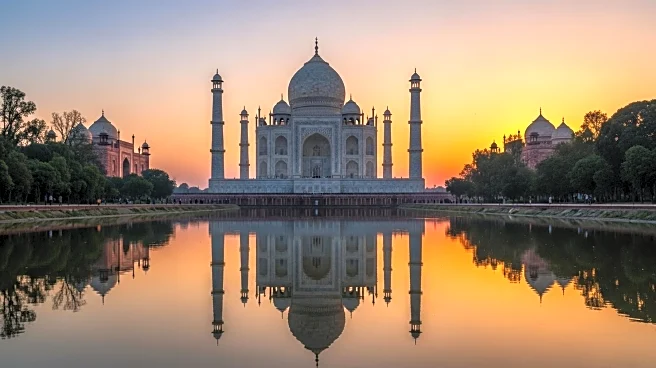What is the story about?
The Taj Mahal, a symbol of love and architectural brilliance, has left a significant footprint on both culture and the environment. As one of the most visited monuments in the world, it has influenced art, architecture, and tourism, while also facing challenges related to environmental preservation.
Geographic Reach
The Taj Mahal's geographic reach extends far beyond its location in Agra, India. As a UNESCO World Heritage Site and one of the New 7 Wonders of the World, it attracts millions of visitors from around the globe. Its iconic design and romantic history have made it a symbol of India's rich cultural heritage, drawing tourists and scholars alike.Institutional Presence
The Taj Mahal is administered by the Archaeological Survey of India, which is responsible for its preservation and maintenance. The monument's status as a national treasure has led to various conservation efforts, including restoration projects and measures to address environmental pollution.Economic and Social Footprint
The Taj Mahal's economic footprint is significant, contributing to India's tourism industry and local economy. The monument attracts millions of visitors each year, generating revenue through entrance fees and related tourism activities. Its social footprint is also notable, as it serves as a symbol of love and cultural pride for the people of India.Environmental or Community Impact
The Taj Mahal faces environmental challenges, including pollution and the effects of acid rain, which have caused discoloration of the marble. Efforts to address these issues include the establishment of the Taj Trapezium Zone, a 10,400-square-kilometer area with strict emissions standards. These measures aim to protect the monument's structural integrity and preserve its beauty for future generations.AI Generated Content
Do you find this article useful?














